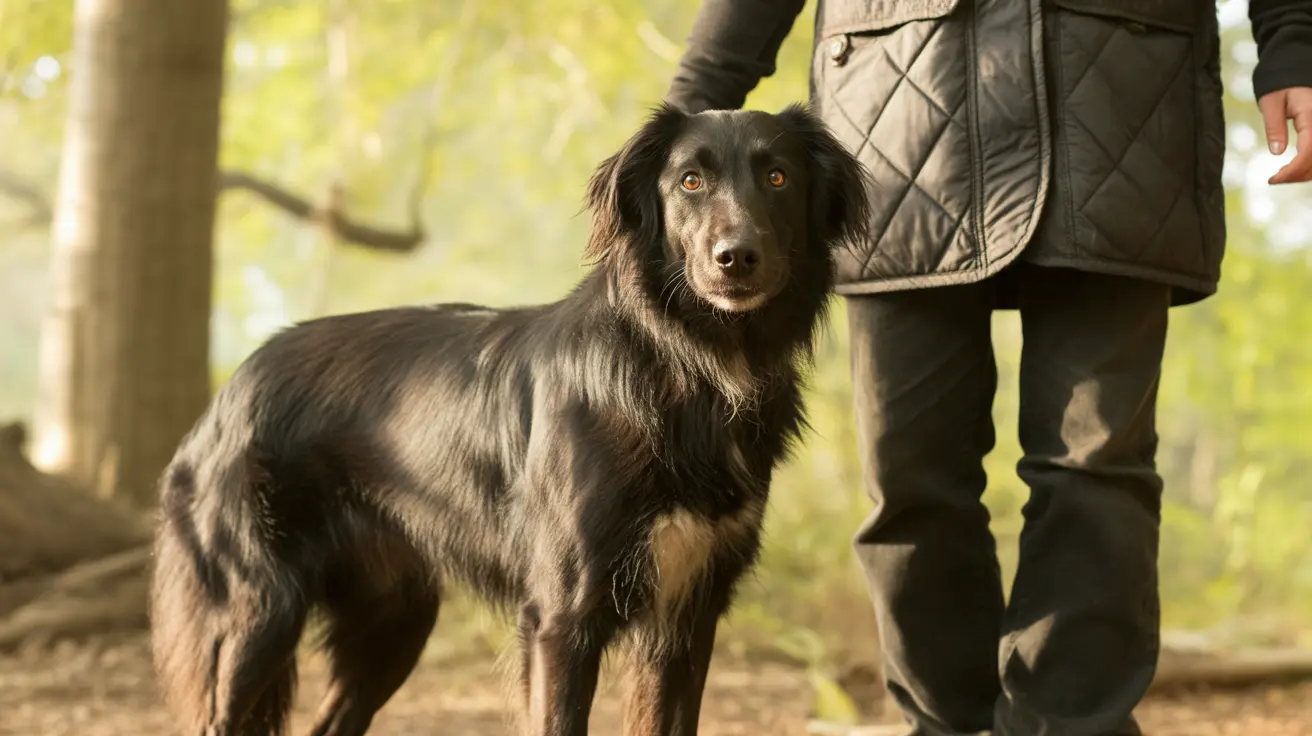The One Meat You Should Never Feed Your Dog
When it comes to feeding your dog a balanced and healthy diet, pet owners often wonder which human foods are safe to share. While fruits like pears may be suitable as occasional treats, there are certain meats that should never make it into your dog’s bowl. One meat, in particular, can be especially dangerous — raw or undercooked pork.
Why Pork Can Be Dangerous for Dogs
Pork is a commonly consumed meat in many households, but raw or undercooked pork can carry parasites that pose severe health risks for dogs. One such parasite is Trichinella spiralis, a roundworm that causes a condition known as trichinosis.
- Trichinosis symptoms in dogs may include vomiting, diarrhea, muscle inflammation, stiffness, fever, and lethargy.
- Infection transmission occurs when dogs eat raw or undercooked pork contaminated with the larvae of Trichinella nematodes.
- Puppies, senior dogs, and immunocompromised pets are particularly vulnerable.
Cooking pork thoroughly to the proper internal temperature can significantly reduce the risk, but because contamination is difficult to detect, many veterinarians recommend avoiding pork altogether unless it has been properly processed and cooked.
Other Concerns with Pork
Even cooked pork isn't always a safe option. Some products made from pork, like bacon and processed deli meats, pose additional health risks:
- High sodium content can lead to dehydration or sodium ion poisoning.
- Added preservatives and spices such as onion or garlic powder are toxic to dogs.
- Fatty cuts can increase the risk of pancreatitis, an inflammation of the pancreas that is painful and potentially life-threatening for dogs.
Safe Protein Alternatives for Dogs
Instead of pork, consider these safer protein options for your pup:
- Chicken — Lean and commonly used in dog food, great when cooked and skinless.
- Turkey — Similar to chicken, it’s lean and digestible.
- Beef — A good source of protein and iron when trimmed of excess fat.
- Lamb — Suitable for dogs with food sensitivities or allergies.
- Fish — Salmon and whitefish offer omega-3 fatty acids beneficial for coat and skin health.
Tips for Feeding Meat to Dogs
- Cook meats thoroughly to kill parasites and bacteria.
- Avoid seasoning or using marinades as many common ingredients are toxic to dogs.
- Trim fat and remove bones to prevent gastrointestinal issues or choking hazards.
- Serve in moderation and balance with vegetables and grains if appropriate.
- Consult your vet before introducing new proteins, especially if your dog is on a prescription or restricted diet.
Monitoring for Allergic Reactions
Always monitor your dog for signs of food allergies or intolerances when introducing any new meat. Symptoms may include:
- Itching or skin irritation
- Ear infections
- Digestive upset
- Changes in behavior or appetite
If any of these issues arise, discontinue the new protein immediately and consult your veterinarian.
Meat Safety and Responsible Feeding
Feeding your dog meat should be done with care and knowledge. Always prioritize safety over variety. While it may seem harmless to share a cut of pork from your dinner plate, understanding the underlying risks can save your dog from a potentially serious health issue.
In summary, avoid feeding dogs raw or undercooked pork due to the risk of parasitic infection. Opt for safer, lean protein sources like chicken or fish and always consult a vet before making major dietary changes. By doing so, you ensure that your furry friend remains happy, healthy, and well-nourished.





